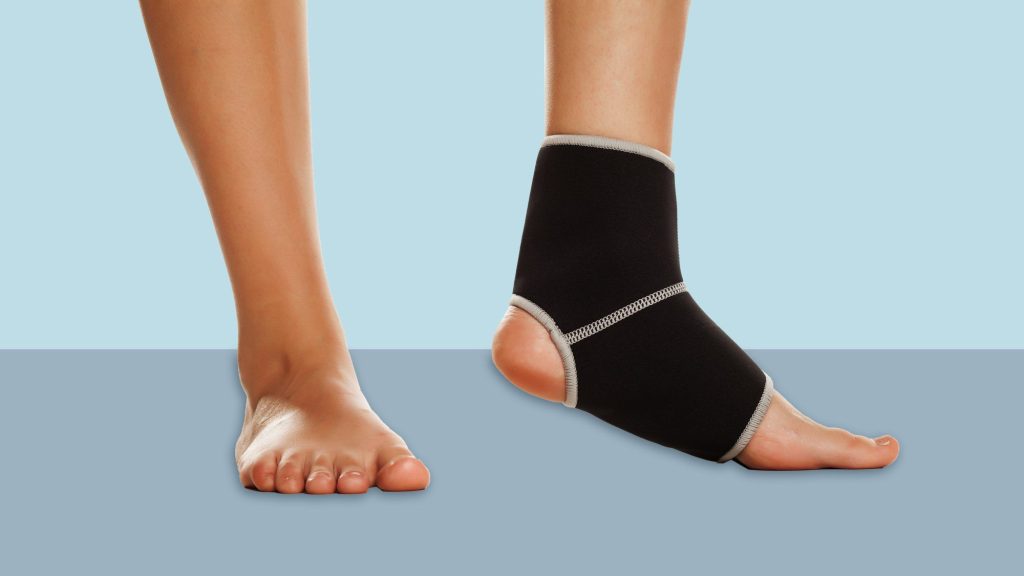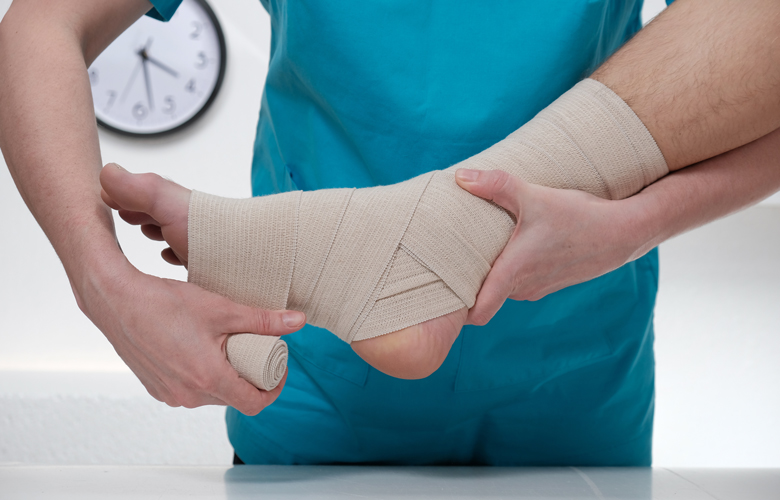- Sprained ankles can heal with appropriate care, which begins with a medical assessment to rule out fractures.
- The RICE method – Rest, Ice, Compression, Elevation – is crucial for initial sprain treatment.
- Physical therapy can aid recovery by enhancing muscle strength, flexibility, and joint mobility.
- Ankle braces and anti-inflammatory medications are beneficial in pain management and provide stability during recovery.
- Preventive measures can minimize recurrence, such as proper footwear, regular exercise, and caution during high-intensity activities.
Spraining an ankle is a common injury that can happen to anyone at anytime. A wrong move, heavy impact, or uneven terrain can cause it. As painful as it may sound, spraining your ankle need not be a sentence to a sedentary lifestyle. You can get back on your feet in no time with proper care. This article will discuss what you should do after getting a sprained ankle to help you recover quickly and minimize the risk of an injury recurrence.
Visit a Doctor

While you can try a few different home remedies for a sprained ankle, it’s always a good idea to visit a doctor if the pain is severe or persistent. A doctor can assess the severity of your injury and provide you with proper treatment options. They may also recommend getting an X-ray to rule out bone fractures. You can also find urgent care centers specializing in treating minor injuries like sprained ankles. They usually have shorter wait times and offer specialized care for faster recovery.
Rest, Ice, Compression, Elevation (RICE Method)
When treating a sprained ankle, follow the RICE method: rest, ice, compression, and elevation. The more you give your ankle a rest, the faster it will heal. Apply an ice pack to the affected area every 20 minutes, several times daily. Wrapping your injured ankle with an elastic bandage can help reduce swelling and provide support. Lastly, elevate your ankle above heart level to promote blood circulation and ease the pain.
Physical Therapy
Consulting a physical therapist is an excellent way to get yourself back in action. Physical therapy can help reduce pain, restore functionality, and prevent future injuries. A physical therapist can strengthen the ankle muscles, improve flexibility, and increase joint mobility with appropriate exercises. You must follow your therapist’s recommendations regularly and consistently to get maximum results. Here are some activities you can try:
Ankle circles
Rotate your foot clockwise and counterclockwise. You can perform this exercise while sitting or lying down. Just make sure to keep your leg straight.
Calf stretches
Stand in front of a wall and place your hands on it. Step back with one foot and lean forward until you feel a stretch in the calf muscle. Hold for 30 seconds and repeat on the other side. If you have trouble balancing, you can hold onto a chair or table for support.
Resistance band exercises
Wrap a resistance band around your forefoot and gently flex your ankle up and down. You can also try moving your foot inwards and outwards to work different muscles.
Toe curls
Place a towel on the floor and try to curl it towards you using only your toes. You can also place a small weight on the towel for added resistance. If you don’t have a towel, you can use your bare feet to scrunch up the carpet.
Wear Ankle Brace

Wearing an ankle brace can provide additional support and stability for your injured ankle, which is critical during recovery. A brace restricts the ankle’s movement, providing the necessary stability to prevent re-injury. Various types of ankle braces are available, such as lace-up, slip-on, and rigid ones. However, consult your healthcare provider to determine which type of ankle brace is best suited for your particular injury.
Take Anti-Inflammatory Medications
Nonsteroidal anti-inflammatory drugs (NSAIDs) can help reduce pain, swelling, and inflammation. Taking over-the-counter medications like aspirin, ibuprofen, or naproxen sodium can help relieve pain and speed up recovery. However, you should consult your healthcare provider before taking any medicine if you have a history of kidney disease, liver disease, stomach ulcers, or heart disease. You should also avoid taking NSAIDs for more than ten days in a row.
Preventing Future Injuries
Once you have recovered from a sprained ankle, taking precautions is essential to prevent future injuries. The following tips can help you avoid spraining your ankle again:
- Wear appropriate footwear for different activities.
- Stretch before and after physical activity.
- Strengthen your leg muscles with regular exercises.
- Avoid uneven or slippery surfaces.
- Use caution when participating in high-intensity sports.
Spraining your ankle can be a painful and frustrating experience, but it doesn’t have to leave you sidelined for long. With proper care, you can bounce back from a sprained ankle in no time. From visiting a doctor to following the RICE method, physical therapy, and taking precautions to prevent future injuries, you can recover quickly and get back on your feet. Always consult your healthcare provider for proper treatment options and advice specific to your injury.

